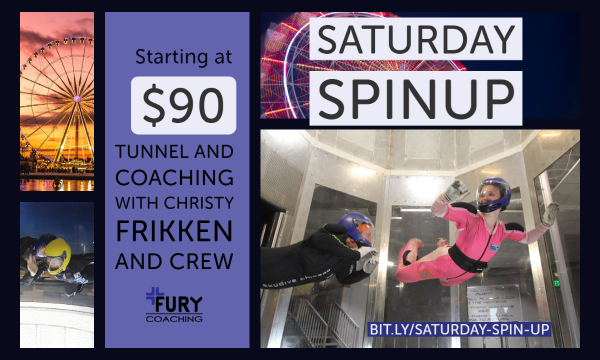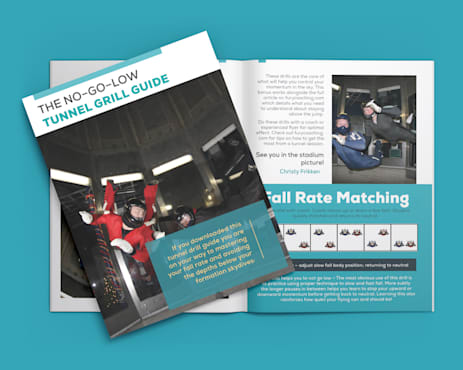8-way Basics: The Round Stuff
Thursday, July 25, 2019
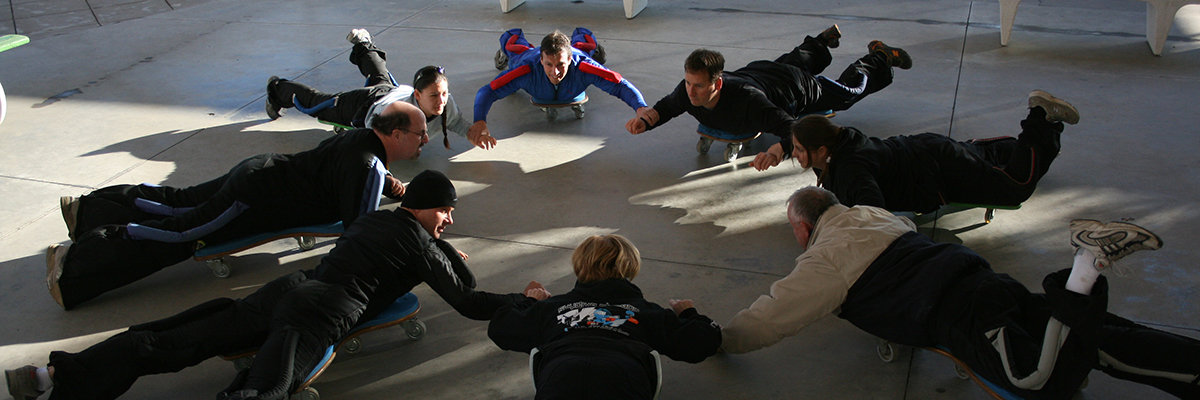
Yikes! Who stole the center? Some 8-way formations have no clear middle. What are the super secrets to building these circular shapes?
This is a short series of articles that will help you break down and understand how 8-ways are built. While focusing on the formations in the competition pool, the tools shown here are highly transferable to general formation skydiving.
8-way Basics: Finding your slot
8-way Basics: Finding your clone
8-way Basics: Finding the centers
8-way Basics: Build the center first
8-way Basics: In-facing strategy
8-way Basics: Staged setups
8-way Basics: Round formations
8-way Basics: Fall rate
8-way Basics: Shared keying
8-way Basics: Line between point and tail
8-way Basics: Block inters
Distance and Spacing
To master these types of formations, learn the correct distance from you clone on the ground and concentrate on setting that up.
Simple to say, but hard to drive home. First, get on the creeper and build the desired formation with your team. Next, look across and lock in that distance with your clone. Finally, replicate that exact distance without the other six people there.
Next look around at your team and see if everyone is equidistant from their direct neighbor. Is everyone bunched up together? Is there a lonely corner? If everyone is not evenly spaced when you turn for the more complex part it won’t build right.
Nailing the setup distance and spacing makes the formation ten times easier to build!
Widen your vision
Look across! Hopefully, you know that. I’m going to add more to your plate though. Instead of just staring at your clones eyes in that socially awkward way, look at the whole formation. See your distance, but also the group’s spacing in the setup.
Widen your vision just a little to see how the formation is building as a whole. This can help you be in your slot even though your reference is far away and spacing is more ambiguous.
Stages. Again.
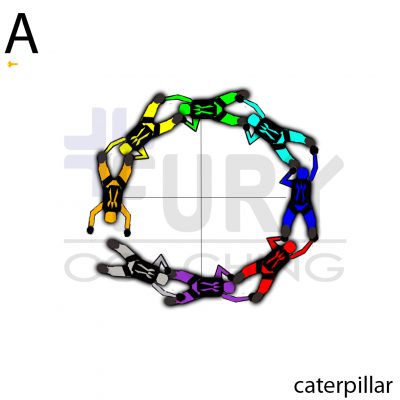
Finally, let’s look at the mac-daddy of all round formations-the Caterpillar. This formation is best built in stages, often with an interim key. The first stage is a Star picture. As this is being built, concentrate on the distance from your clone and the spacing between each teammate in this start setup. When this is perfect, the Outside Center will key to the next stage.
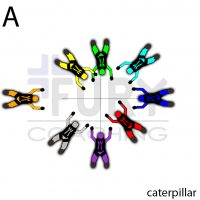
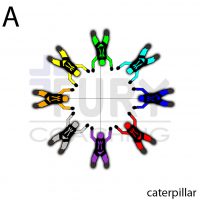
After this key, the team turns to a Donut picture and each teammate picks up a single grip (except the person at the head of the cat). Meanwhile, continue to concentrate on looking at your clone.
Finally, once the Donut is complete, the team will finish the Cat by taking the second grip. It is vital that the team continues to fly the shape and maintains levels even as they are gripping, or it will become horribly distorted.
Building round stuff that isn’t a straight BFR can be challenging. Learn your distance, check your spacing, and widen your vision. Apply great staging and you’ll be on your way!
Tags: 8way

